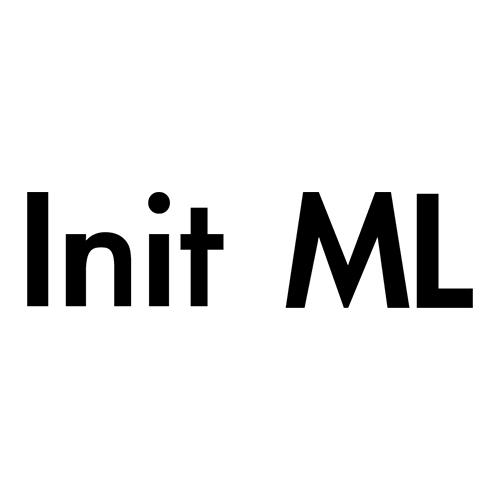The "Visual & Creative Artificial Intelligence” is a two-year master’s program taught entirely in English. It is designed for highly qualified and internationally oriented students and offers high-level scientific courses taught by professors from École Polytechnique and partner companies.
The program's originality is that it teaches you two complementary subjects: artificial intelligence and visual computing. This unique combination will allow you to deeply understand multimodal artificial intelligence and learn how to implement the latest techniques effectively. It will also give you the keys to becoming the next creators of innovative applications that apply artificial intelligence to visual content to provide new solutions to creative tasks.
Artificial intelligence (“AI” in ViCAI) refers to intelligent systems that help perform complex tasks, initially reserved for humans (such as decision-making or creation). While traditional AI (modeling knowledge and reasoning mechanisms) is covered, the program focuses primarily on recent methods of machine learning and deep learning (models that learn from data to perform well-specified tasks), as well as self-supervised learning, reinforcement learning, and generative AI models that have recently emerged.
Visual computing ("Vi" in ViCAI) is about processing and generating multimedia content - from images and videos, texts and sounds to animated 3D virtual worlds. These contents are essential for communication and storytelling, as demonstrated by the diversity of online media and their use in the entertainment industry (films and games). They are also essential for designing and simulating new objects to be manufactured, from product prototypes to buildings, vehicles, or robots. Finally, virtual reality techniques allow users to explore and interact seamlessly with virtual content.
These applications challenge AI to help users with their most Creative tasks (“C” in ViCAI).
|
To enter directly in the M2, applicants should hold a master’s degree or a master 1 level (bachelor with 240 ECTS or more) in Applied math including machine learning, algorithmic and visual computing courses, or in Computer science including a strong background in visual computing, math, and machine learning.

Thanks to the AI-VIC master, I got an internship at Valeo.ai where I was lucky to have a chance to publish my first publication at ICCV 2021 which is one of the top conferences in computer vision and machine learning. One thing that I am very thankful for is the good mix of both practical and theoretical skills in the program e.g. reading research papers, programming, working with others… so that I am productive since the first day of my internship and PhD.
More and more companies are looking for researchers and engineers capable of creating new, original and competitive AI algorithms. The emphasis on visual computing in this training will naturally direct students towards applications related to image processing, virtual worlds, product design, conversational agents or robot/drone control.
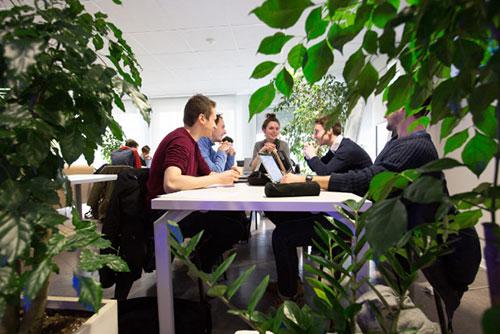
After graduation, students can pursue doctoral studies in a French or foreign research laboratory or work in companies and start-ups. Professional fields include (non-exhaustive list):
- Virtual reality, image and video editing, films and games: Adobe, Dassault Systems, Disney, Microsoft, Nintendo, Nvidia, Sony,
Ubisoft. - Digital applications for smartphones, computers or personal assistants: Shazam, Google, Meta, Huawei, Wemap.
- E-commerce and online advertising: Amazon, Criteo, Cdiscount, FNAC, eBay.
- Control of autonomous vehicles, drones and robots: Valeo, BMW, Stellantis, Renault, Airbus
- Visual computing and AI in other professional fields: Anatoscope, GE Healthcare (Health), Real estate (Homiwoo), Helsing, Idemia (Security applications).
About a third of our students choose to pursue a doctorate after the master's program, often in the form of CIFRE theses in companies.
Inria, the French research institute for digital sciences, promotes scientific excellence and technology transfer to maximise its impact. It works with many companies and has assisted in the creation of over 160 startups. It strives to meet the challenges of the digital transformation of science, society and the economy.

Enedis manages 95% of the electricity distribution network in continental France. This network belongs to local authorities (French municipalities or groups of municipalities), who subcontract to Enedis as an operator through a public service delegation.
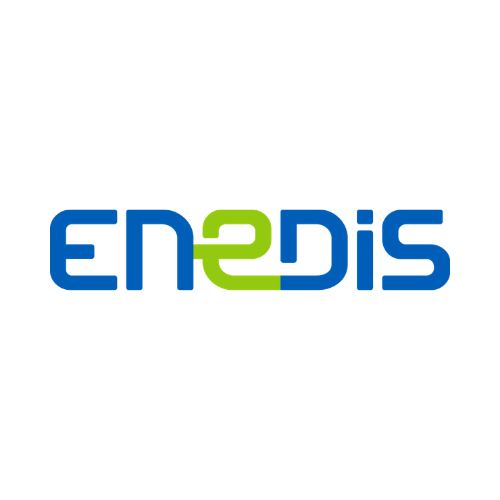
IDEMIA is the leader of Enhanced Identity in an increasingly digital world, and has the ambition to give citizens and consumers the opportunity to interact, pay, connect, travel and vote in a connected environment.
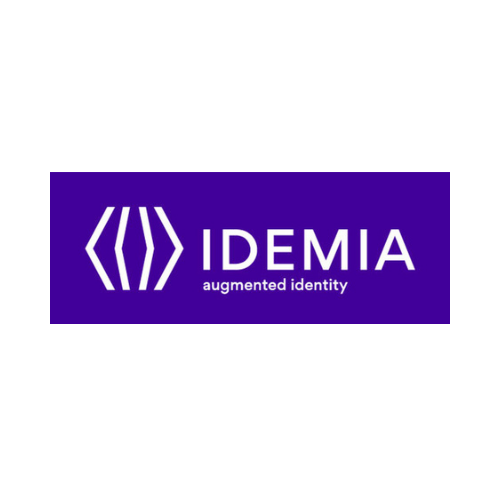
Google is an American multinational technology company that specializes in Internet-related services and products, which include online advertising technologies, search engine, cloud computing, software, and hardware.

For medical device companies who need to improve their personalized designs, Anatoscope offers software solutions to automatically transform imaging to complete 3D digital twins of the patients, ready for motion and physical simulation, to help diagnostics, to virtually try treatments, and to automatically design optimal braces and prostetics.
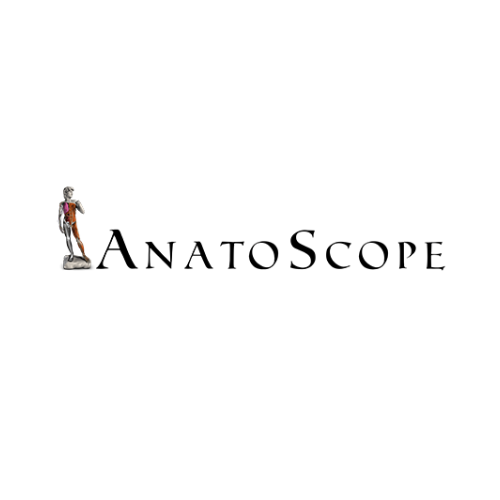
Gojob is there to help you in your efforts to : Job search, Housing assistance, Mobility, Financing, and many others.
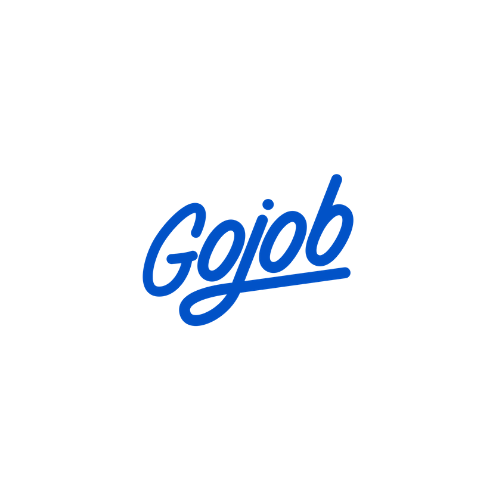
Homiwoo is a Fintech leveraging Big Data and Artificial Intelligence to serve the entire residential Real Estate ecosystem.

Init ML
Init ML specialises in the computer programming industry. It puts machine learning research into operation through meaningful use cases.
